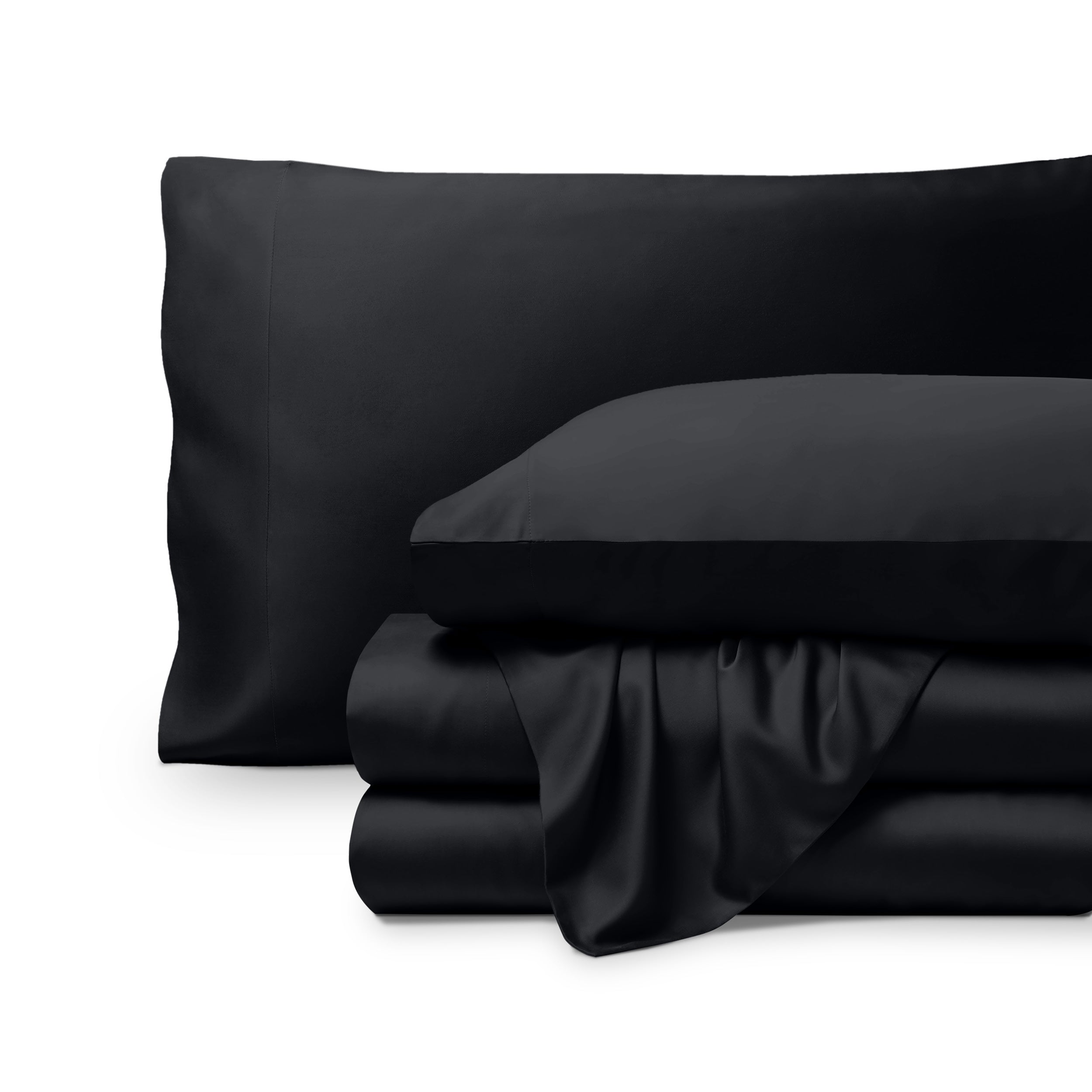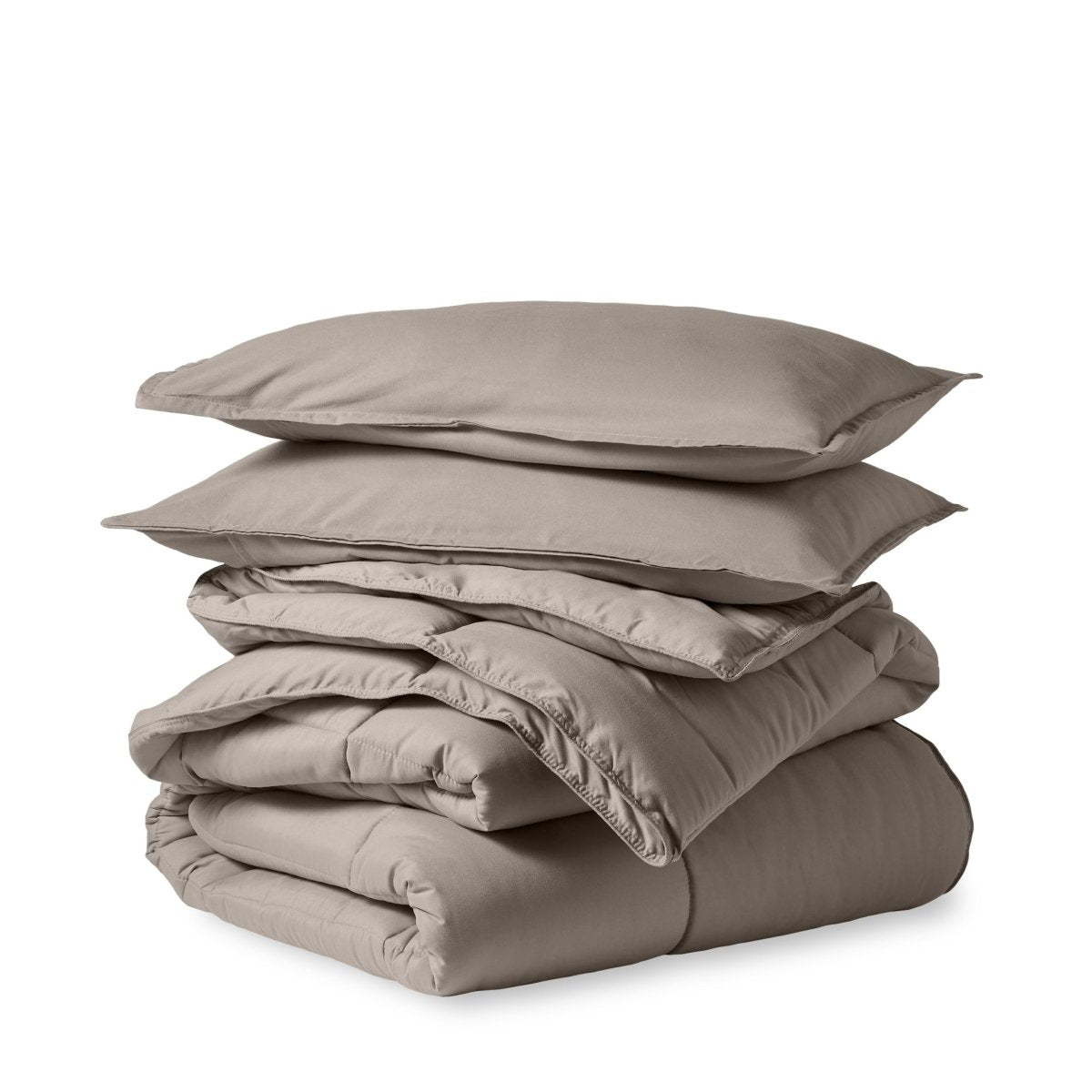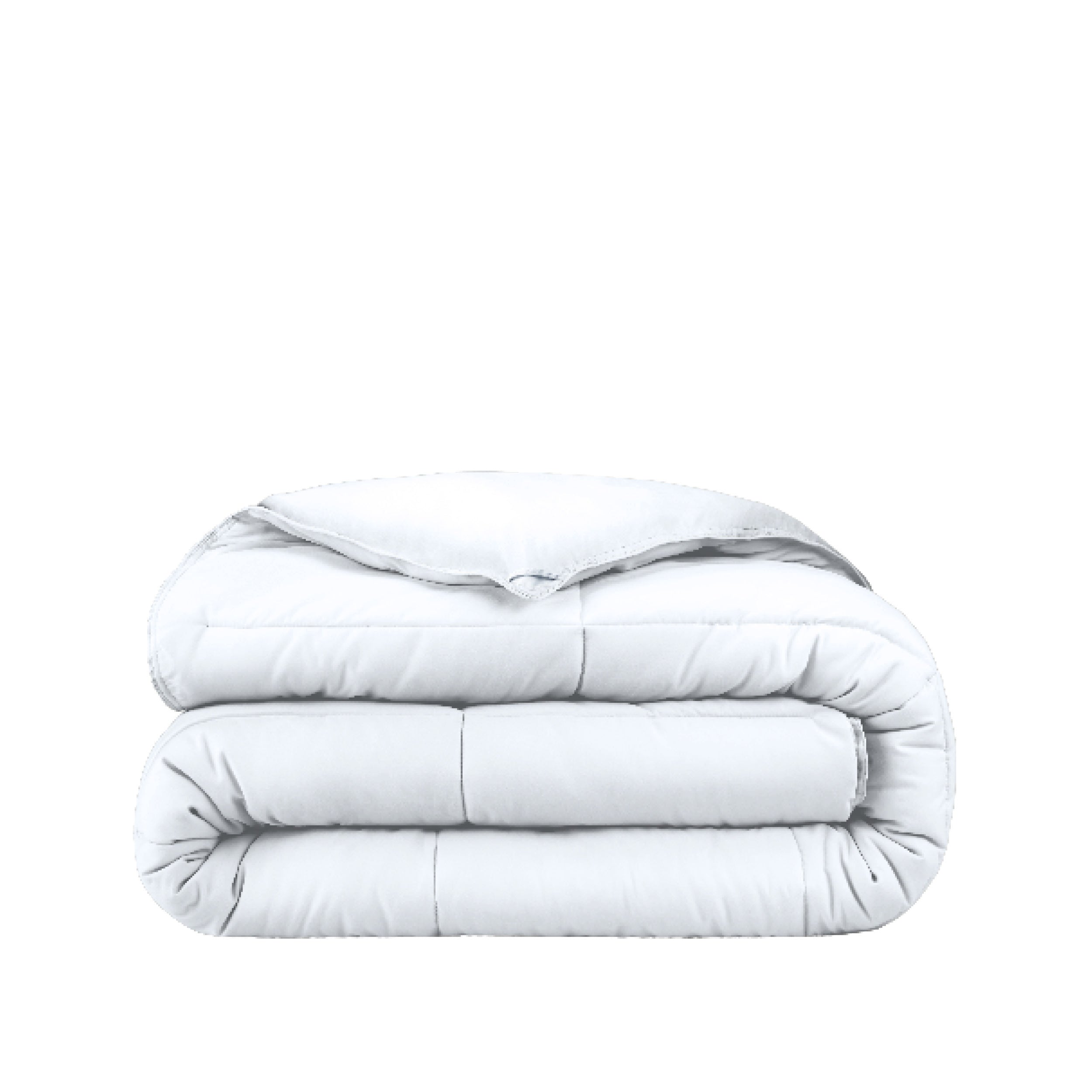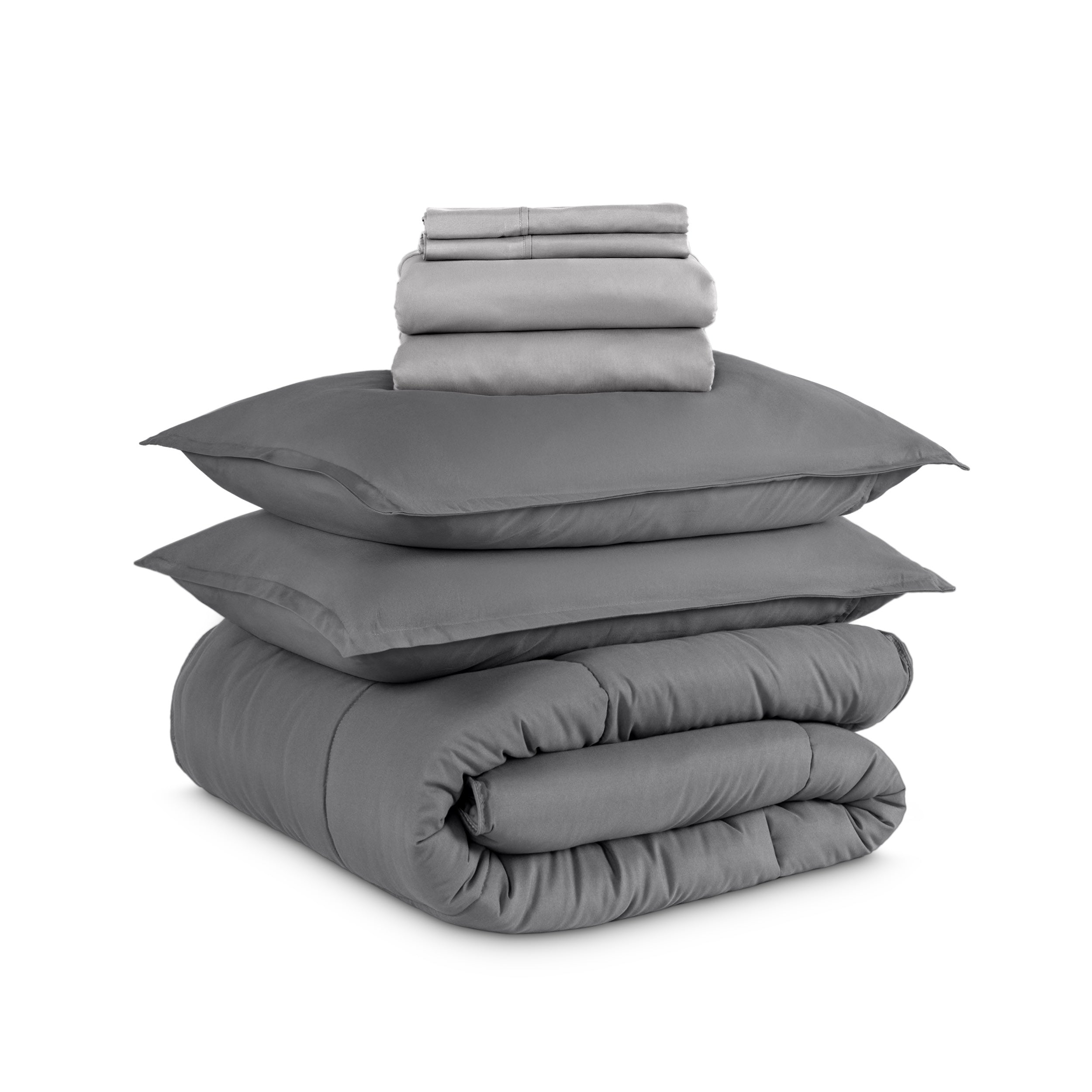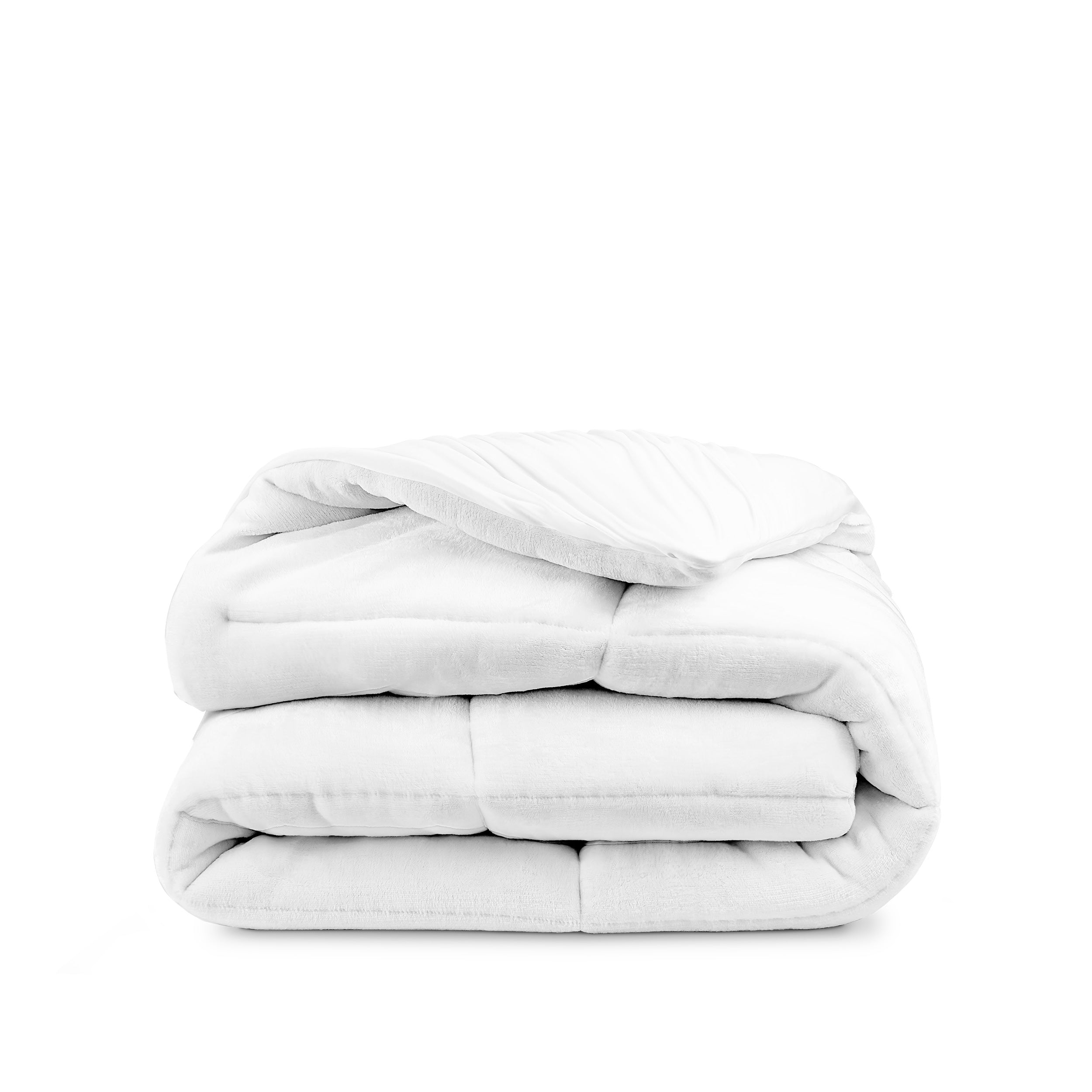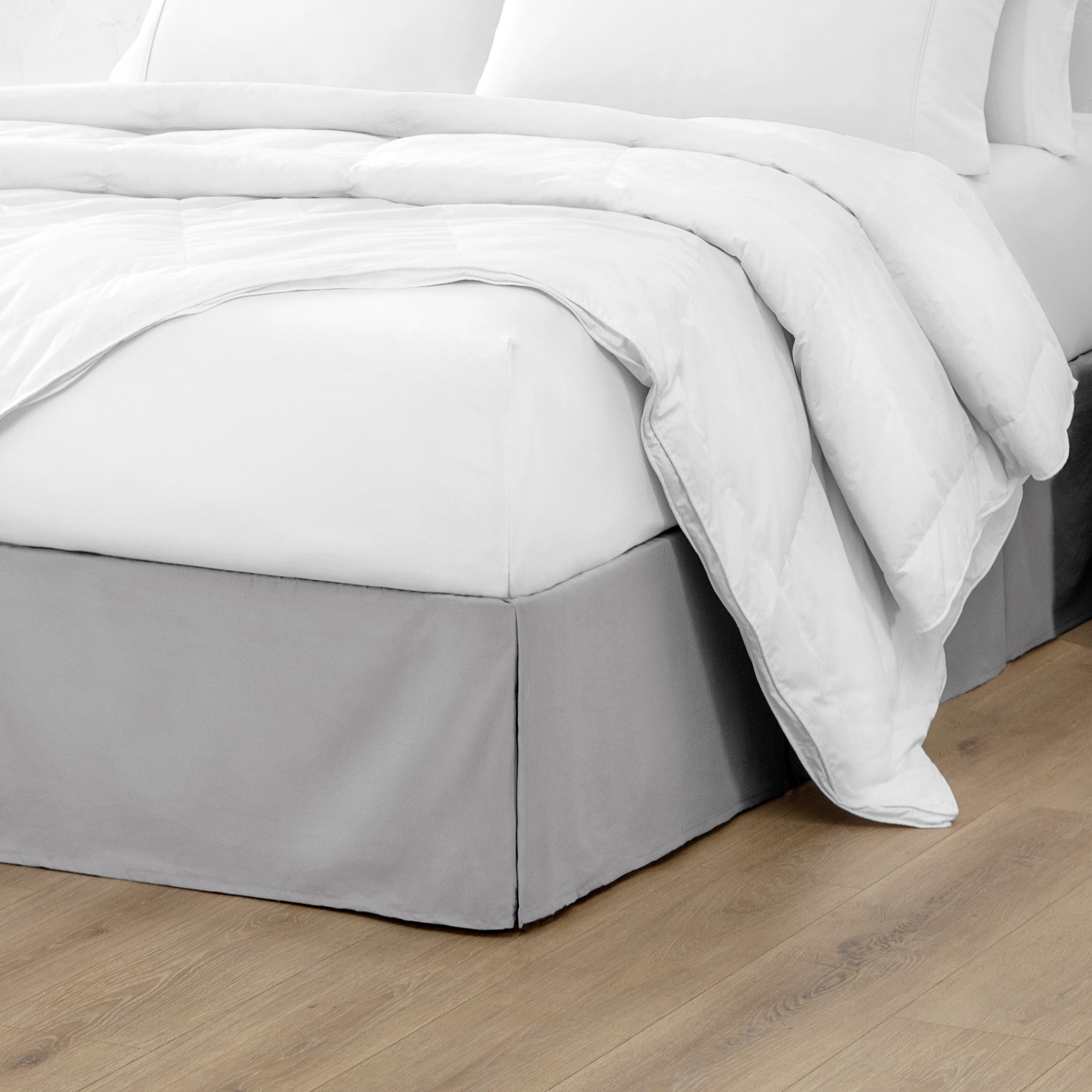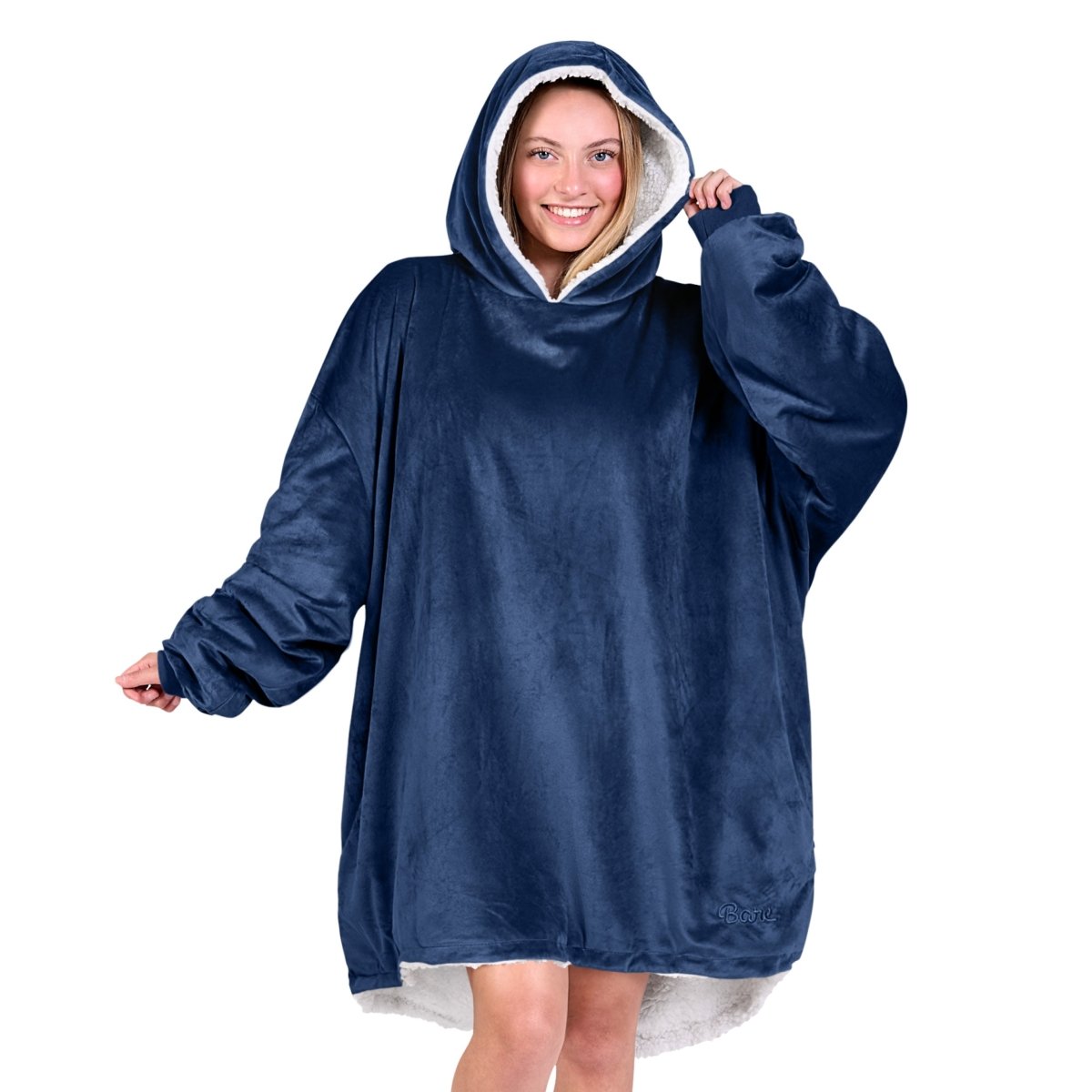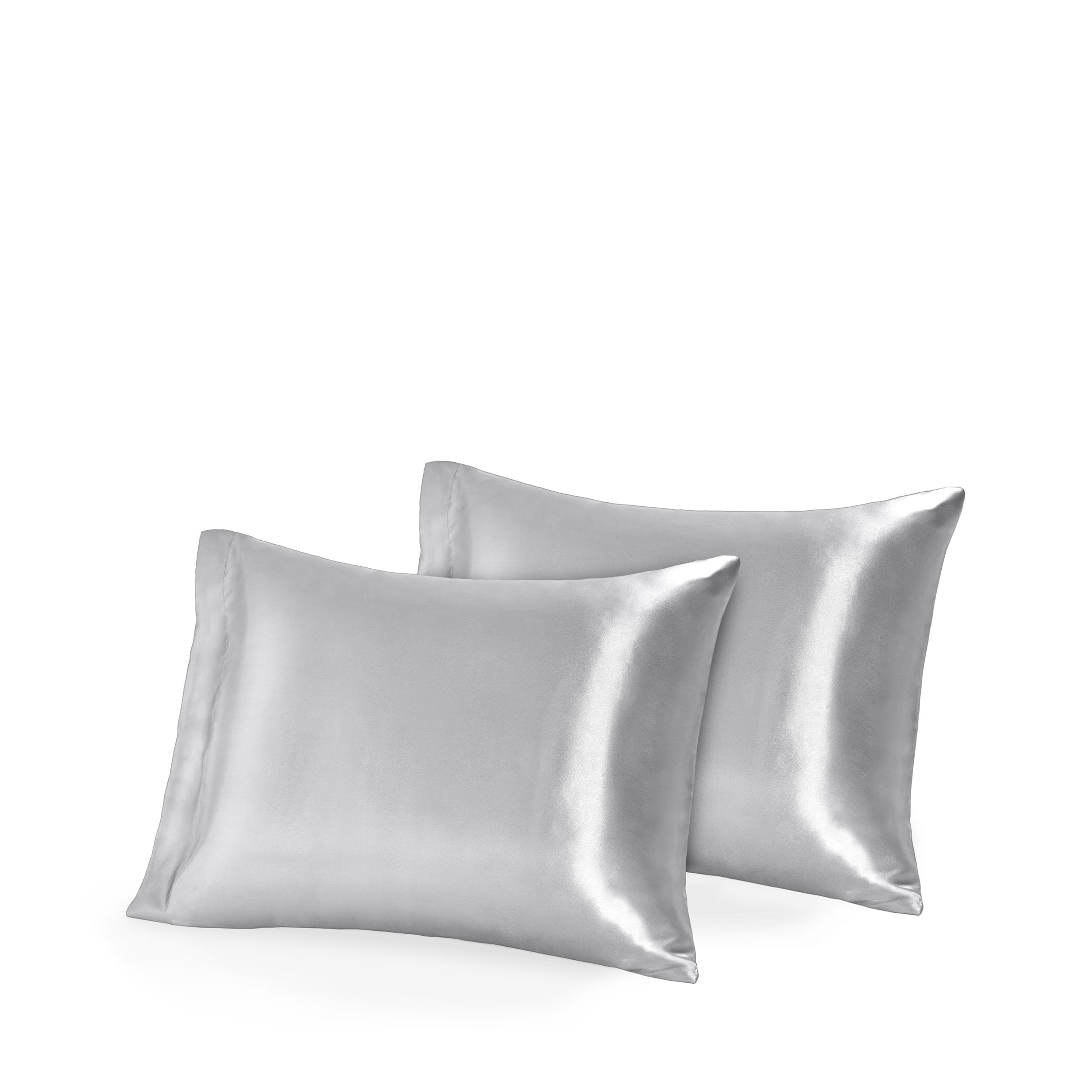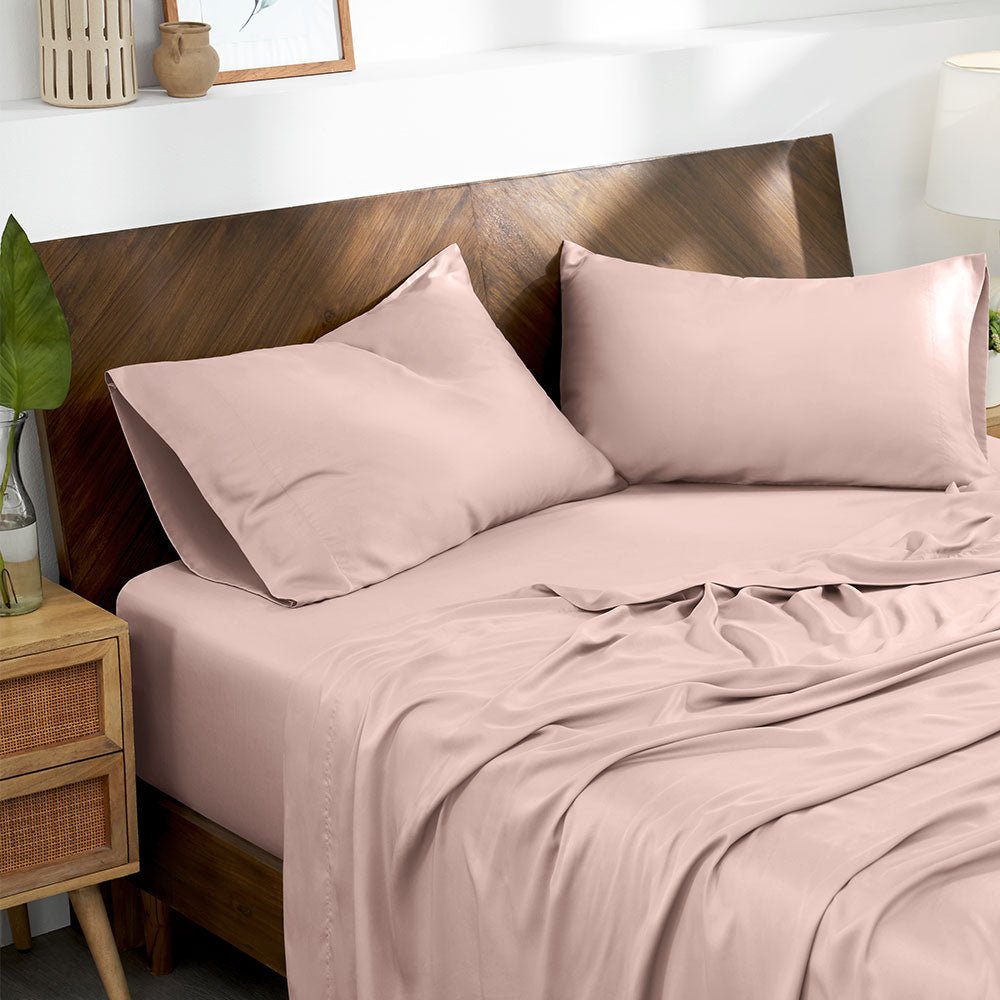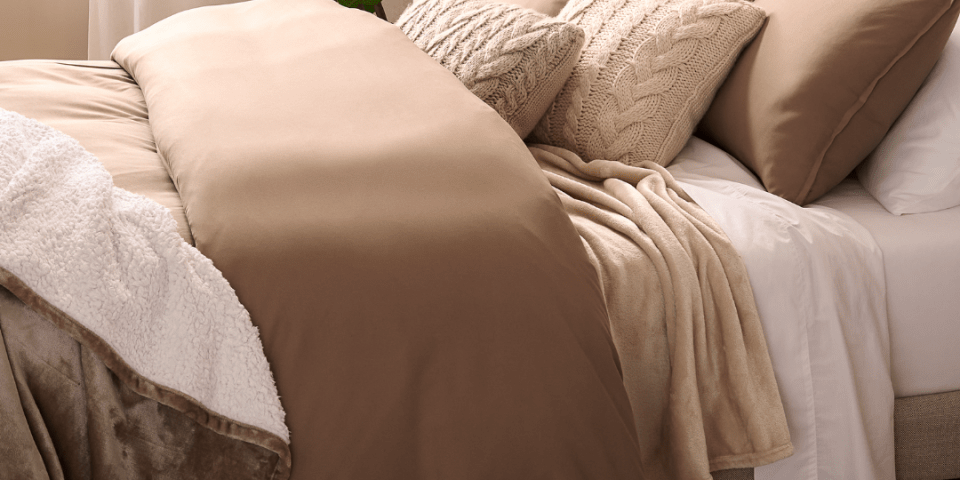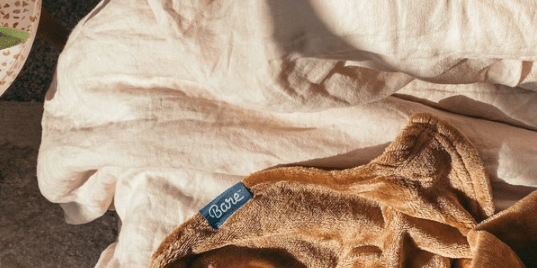The perfect set of sheets can make or break your sleep experience. With winter approaching, many shoppers are weighing their options between microfiber and flannel sheets. Let's break down everything you need to consider when choosing between these popular bedding materials.
The Cozy Factor: Temperature Regulation
Nothing beats sliding into a warm, soft bed on a cold night. Flannel sheets excel at creating that instant warmth we crave. Made from cotton fibers that are brushed to create a fuzzy surface, flannel traps body heat exceptionally well. This brushing process, called "napping," gives flannel its signature soft, fuzzy texture.
Microfiber sheets offer a different kind of comfort. These synthetic sheets are made from ultra-fine polyester fibers, each thinner than a strand of silk. They create a smooth, lightweight feel that some sleepers prefer. While not as warming as flannel, microfiber sheets are temperature-adaptive - they won't make you overheat like flannel might during warmer months.
Durability and Care
Sarah M., a textile expert from Portland, told me: "I've tested hundreds of sheet sets, and microfiber's durability often surprises people. When properly made, these sheets resist pilling and hold their shape wash after wash."
Microfiber's tight weave makes it naturally stain-resistant. These sheets can handle frequent washing without breaking down, though they should be washed in cool water to prevent static buildup. They dry quickly too - a real plus for busy households.
Flannel sheets need more careful handling. They should be washed in warm (not hot) water and dried on low heat to prevent shrinkage. Quality flannel improves with washing, becoming softer over time. However, even well-made flannel will eventually start to pill and may thin out in high-friction areas.
The Environmental Question
Many environmentally conscious shoppers pause when considering microfiber sheets. As a synthetic material, microfiber is essentially a form of plastic. It can release microscopic fibers during washing, contributing to water pollution.
Traditional flannel, made from cotton, offers a more eco-friendly choice. Organic cotton flannel takes this further, using farming practices that protect soil health and reduce water usage. Some manufacturers now offer flannel made from recycled cotton or sustainable bamboo.
Cost Considerations
Your budget plays a big role in this decision. Microfiber sheets typically cost less than flannel, with quality sets starting around $30. High-end microfiber sets rarely exceed $100.
Quality flannel sheets start around $50-60 and can reach $200 or more for premium brands. The price difference reflects both material costs and manufacturing processes. Cotton prices fluctuate with weather and market conditions, while synthetic microfiber production costs remain relatively stable.
Sleep Style and Personal Preference
Your sleep habits should guide your choice. Hot sleepers often struggle with flannel's warmth, especially if they share a bed. The trapped heat that makes flannel cozy can become uncomfortable for naturally warm sleepers.
Microfiber's temperature neutrality works better for:
- Couples with different temperature preferences
- People who run hot while sleeping
- Those in variable climates
- Anyone using heated mattress pads
Flannel shines for:
- Cold sleepers
- Winter use
- Unheated or poorly insulated bedrooms
- People who love that classic cozy feeling
Texture and Feel
Running your hand across microfiber sheets reveals their signature smooth finish. Some describe it as silky, others as soft-but-synthetic. The material's density creates a lightweight feel that some sleepers find less confining than heavier cotton sheets.
Flannel's fuzzy texture appeals to many people. That brushed surface creates air pockets that trap warmth while providing a gentle, almost cushiony feel against your skin. Premium flannel offers this without feeling heavy or overwhelming.
Longevity and Value
With proper care, both materials can last several years. Microfiber's durability gives it an edge in pure longevity, but flannel often maintains its comfort longer. Lower-quality microfiber can develop static cling and may feel less breathable over time.
A textile testing lab found that quality microfiber sheets maintained their shape and color after 500 wash cycles. Flannel typically showed visible wear around 200-300 washes, though higher-end versions performed better.
Making Your Choice
Consider these questions when deciding:
- What's your typical sleep temperature?
- Do you prioritize easy care or natural materials?
- What's your budget for bedding?
- How important is environmental impact?
- Do you prefer smooth or fuzzy textures?
Both materials offer unique benefits. Your choice depends on personal preferences, sleeping habits, and practical considerations like care requirements and budget.
Remember that quality matters more than material type. Look for tight, even stitching, good weight, and positive reviews from long-term users. Browse our different color varieties here.

